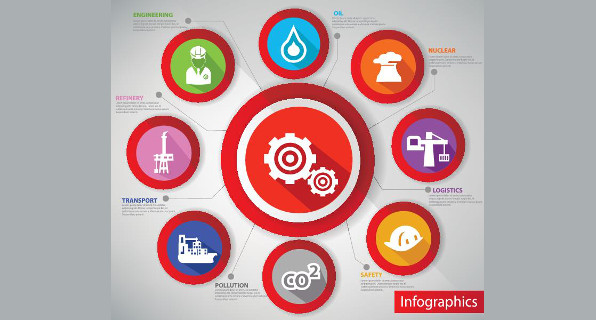10 Ways to Minimize the Impact of LTL Rate Increases
Joe Lynch, Business Development Executive at E. L. Hollingsworth and creator of the website 'The Logistics of Logistics', gives his insight on how to minimize the impact of LTL rate increases, offering 10 ways to approach it.
LTL rate increases are here and I believe they are here to stay for the foreseeable future.
The price and tonnage increases for the carriers is a good thing. Of course, no shipper or 3PL wants to pay more, but we all need good healthy carriers.
So, now that the LTL rate increases are here, how do we lessen their impact?
Try these 10 ways to minimize the impact of LTL rate increases:
1. Negotiate with the carriers. While rates and operating ratios are going up, the carriers are still willing to negotiate with shippers. Reducing or waiving accessorial charges or getting an attractive FAK is still possible. Obviously, higher volume shippers will have an advantage in negotiating, however, small shippers should not be discouraged. Some shippers have locked in lower rates by agreeing to longer contracts with the carriers.
2. Avoid spot quotes. If you don’t have a contract with a carrier, you will typically pay more. It pays to commit to a carrier. As the market tightens and prices increase, shippers need to quit the transactional habit.
3. Carrier selection. Each LTL carrier has it’s sweet spots, the lanes and locations that they like the best. Shop around. Determine which LTL carrier best serves your lanes. Also, consider using smaller regional LTL carriers that may lack the brand name, but does a great job in the service area.
4. Use a transportation management system. Many shippers are still not using a TMS. This is crazy! A TMS will save shippers lots of soft costs (yes they matter). Once all the shipments are housed in one database, they can easily be downloaded into a spreadsheet and analyzed. Most good 3PLs will have a web based TMS that customers can use for free.
5. Improve packaging. By improving their packaging, shippers can lower their freight class and reduce freight shipping costs. For a high volume LTL shipper, it might make sense to hire a packaging consultant to redesign your packaging. Packaging can get complicated, but generally speaking, you are trying to increase pack density and reduce potential damage. Some 3PLs, like the one I represent has packaging engineers on staff.
6. Freight class analysis. Review your freight class and see if your freight is shipping under the right freight class. If you work with a 3PL, they should conduct this analysis for your company. A lower freight class means cost savings.
7. Change shipping mode. Shipments under 150 pounds can sometimes be shipped cheaper via small package (UPS, FedEx). Also, shippers often save when they switch LTL shipments to truckload or milk runs. There are no hard and fast rules so do the business case.
8. Eliminate and consolidate. The best way to save money on shipping is to eliminate a shipment. Sometimes, an LTL shipment can be added to a truckload shipment that has extra space available. This approach eliminates an LTL shipment and most likely the truckload price won’t increase because of the extra freight.
Another way to save is by combining two small LTL shipments into one large LTL shipment, which usually costs a lot less. Consolidating multiple LTL shipments into truckload shipments is also a great way to save on LTL shipping. Consolidation is especially effective for long distance shipments.
9. Longer transit times. Switching to a longer transit time often saves money for LTL shippers, however, most shippers can’t live with the longer transit time.
10. Hire a 3PL. A good 3PL can execute the above actions and typically lower costs and improve service. This article describes what you should look for in a 3PL: Selecting a 3PL – 9 Things Every Shipper Should Know
What other actions can be used to minimize the LTL rate increases? How has your company responded to the higher LTL costs? Reduce profit or pass the cost on to customers?


